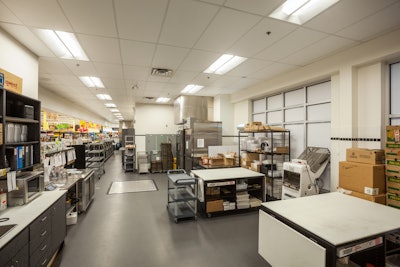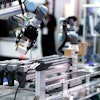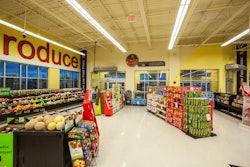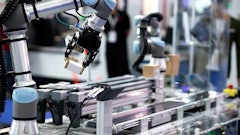
Intelligent LED lighting saves costs and sets the foundation for a building management system, a computerized control system that can manage and monitor a building’s mechanical and electrical equipment, including ventilation, lighting, power systems, fire systems and security systems, according to an article in the September Food Logistics.
The opportunity to invest in a building management system (BMS) often presents itself when a company installs a computerized lighting system. The current wave of interest in intelligent LED lighting will present many companies the chance to invest in a BMS, which can provide efficiencies and energy savings beyond that of the building’s lighting system.
LED lighting will drive the adoption of building management IoT. First, intelligent LED is ubiquitous and expanding. McKinsey & Co., a research firm, expects the U.S. market share for LED lighting to reach 45 percent in 2016 and 70 percent by 2020 as the market moves rapidly toward 100 percent LED adoption.
Second, every LED light is built on an intelligent digital platform. Sensors and wireless communication devices can piggyback on this digital framework, enabling temperature and humidity monitoring, RFID readers, device tracking, emergency alerting, cameras and more.
To read the entire article, click here.



















